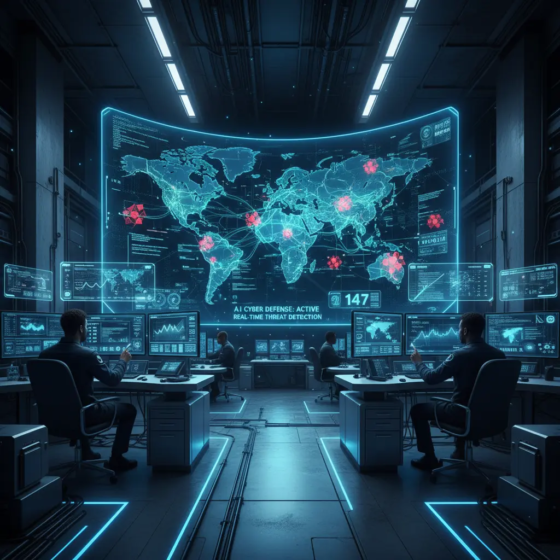AI Detection Tool: How to Spot AI-Generated Content
AI is everywhere today — from writing blogs and essays to generating images and even creating code. But here’s the tricky part: how do you know if what you’re seeing is truly human-made or AI-generated? That’s where an AI detection tool comes in. Imagine ...
Seedream 4.0: Create Next-Gen Images with Ease & Speed
Have you ever typed a wild idea into an AI image tool and got something… well, okay but not amazing?Then you waited. And waited.Now imagine hitting Enter and boom — a crisp, 4K image appears, matching your vision perfectly.That’s the promise of Seedream 4 ...
PowerPoint AI: Create Stunning Presentations in Minutes with Artificial Intelligence
Have you ever sat in front of a blank PowerPoint slide, staring at it for hours, wondering how to start?We’ve all been there — endless templates, color choices, and that frustrating feeling of “Why does this still look boring?”Well, here’s the game-change ...
AI Legal Research: How AI is Changing the Way Lawyers Work in 2025
Imagine sitting at a desk buried under a mountain of case files, searching for that one precedent that could make or break a case. Frustrating, right? Now imagine having a virtual assistant that scans thousands of legal documents in seconds and delivers e ...
Ethical AI: Building Trust in the Age of Automation
In the race to automate everything — from customer service to content creation — one critical question keeps surfacing: Can we trust artificial intelligence?The power of AI is undeniable, but as automation takes the wheel, the need for Ethical AI becomes ...
Mastering Prompt Engineering: Unlock AI’s Full Power in 2025
Ever feel like AI doesn’t quite “get” you? You ask it to design a logo, write a blog, or summarize an idea—and the result feels... off. That’s where prompt engineering changes the game. It’s not just about typing words into ChatGPT or Midjourney—it’s abou ...
AI Observability Tools: Ensuring Transparency and Trust in Artificial Intelligence Systems
In the fast-evolving world of artificial intelligence, understanding how your models think, behave, and make decisions is crucial. That’s where AI observability tools come in — they act like the eyes and ears of your AI systems. These tools help developer ...
AI Monitoring Tools: Transforming How Businesses Track, Analyze, and Optimize Performance
In today’s digital-first world, organizations deal with enormous data, fast-moving markets, and evolving customer demands. Whether it’s monitoring network security, tracking website performance, or keeping an eye on employee productivity, tra ...
AI Privacy: Protecting Data in the Age of Artificial Intelligence
Introduction: The Digital Footprints We Forget Last week, I had a friend who installed a fun AI-powered photo app. Within minutes, it transformed her selfies into futuristic avatars. She was thrilled—until she read the fine print later an ...
AI in Cybersecurity: How Artificial Intelligence is Transforming Digital Security in 2025
In today’s hyper-connected world, cyber threats are evolving faster than ever. From ransomware attacks on healthcare institutions to phishing campaigns targeting global enterprises, traditional security measures are struggling to keep up. Ent ...









